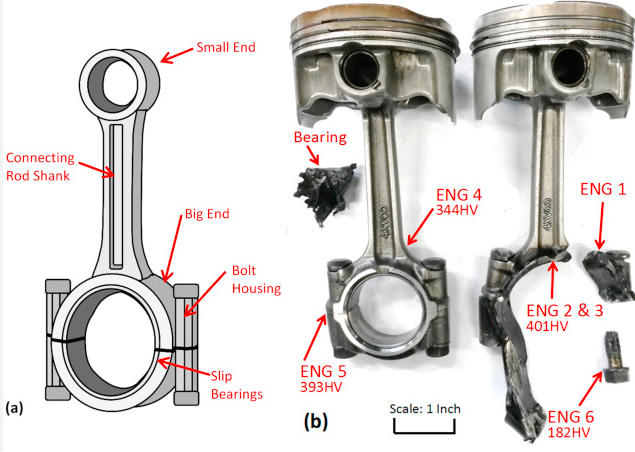Checking a connecting rod for straightness is a critical aspect of engine maintenance and repair. Any bend or twist in the connecting rod can significantly affect the engine’s performance. But how exactly can one verify a connecting rod’s straightness? This guide aims to provide clear instructions to help you accomplish this task.
Understanding the Importance of a Straight Connecting Rod
In an engine, the connecting rod acts as a vital link between the piston and the crankshaft. It is responsible for transferring the piston’s linear motion into the rotary motion of the crankshaft. A bent or twisted connecting rod can result in misalignment, causing inefficient power transfer, increased wear, and potential engine damage.
Equipment Needed to Check Connecting Rod Straightness
To verify the straightness of a connecting rod, you will need a connecting rod vise, a connecting rod aligner, and a feeler gauge. These tools will provide precise measurements and prevent damage to the connecting rod during the process.

Procedure to Check Connecting Rod for Straightness
- Securing the Connecting Rod: Place the connecting rod in the connecting rod vise, with the large end facing up.
- Aligning the Connecting Rod Aligner: Position the aligner over the small end of the connecting rod, ensuring it is flush against the top of the small end.
- Checking for Twists: By looking down the length of the connecting rod, check if the aligner aligns with the edges of the large end of the rod. If the aligner appears off-center, this indicates a twist in the connecting rod.
- Measuring the Misalignment: If a twist is observed, a feeler gauge can be used between the aligner and the large end of the rod to measure the degree of misalignment.
After Checking the Connecting Rod Straightness
If the connecting rod is not straight, it should be replaced or professionally straightened by a machine shop. Running an engine with a bent or twisted connecting rod can lead to significant engine damage.
Remember, the straightness of a connecting rod is crucial to the efficient and safe operation of an engine. With the right tools and techniques, you can ensure that your engine’s connecting rods are straight and ready to provide optimal performance.
